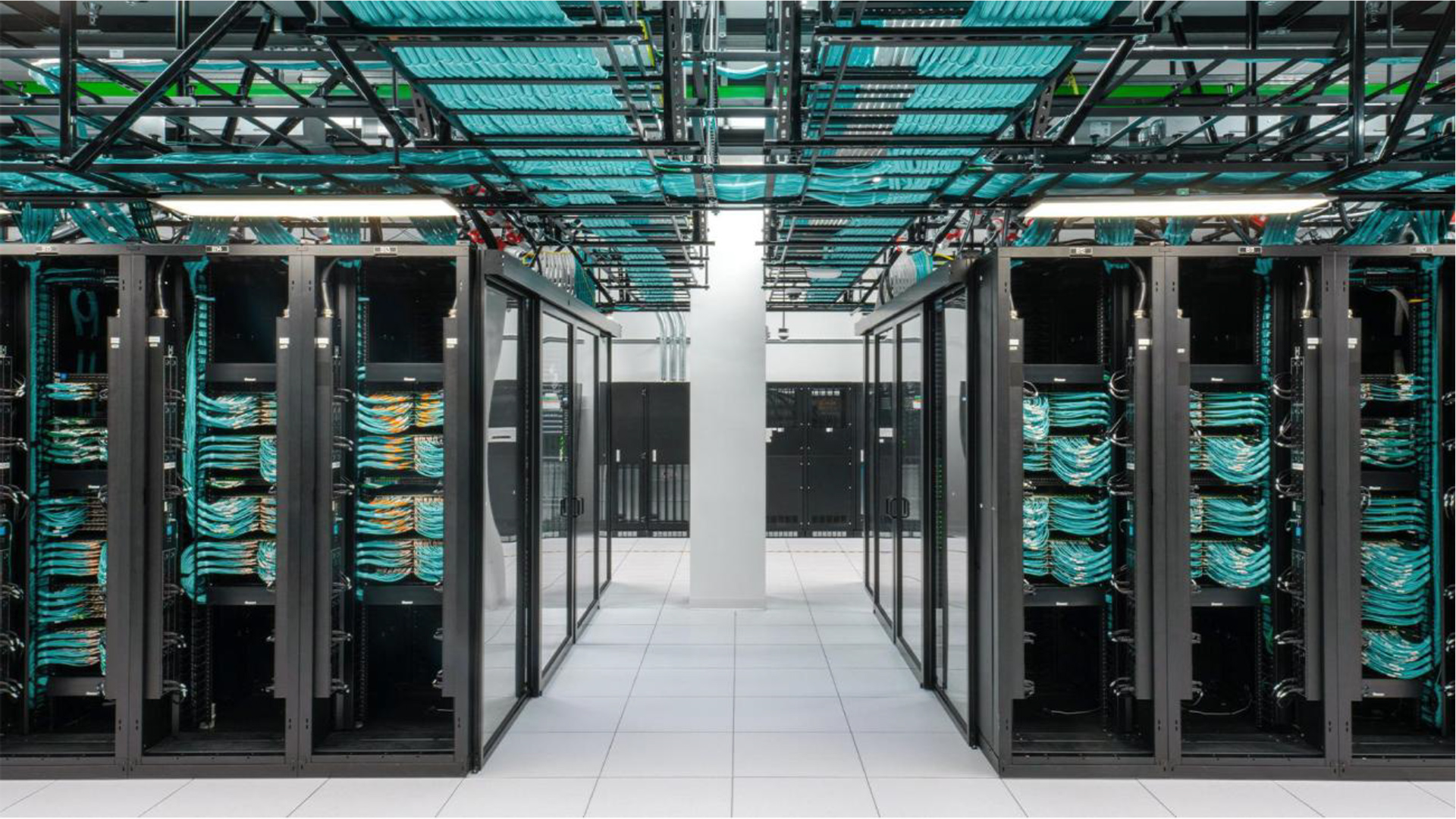Nvidia announces reference design for colossal gigawatt-scale Omniverse DSX data centers — single data center requires a nuclear reactor's worth of power generation

Nvidia used to be a humble supplier of graphics processors, providing reference designs for its partners' graphics cards. As the company grew, it moved from data center-grade GPUs for AI and HPC to reference designs for servers, then to rack-scale solutions. At its GTC 2025 summit, the company announced Omniverse DSX Blueprint: a reference design for gigawatt-class AI data centers, or what Nvidia calls AI factories.
The Omniverse DSX is Nvidia's blueprint for gigawatt-scale data centers, purpose-built for training and running large AI models, which was designed and simulated using the company's Omniverse framework. The blueprint combines digital-twin simulation in Omniverse with real-world engineering data to create a unified environment where partners can plan, build, and optimize every aspect of an AI data center —from power and cooling systems to compute and networking layouts.
In practice, DSX acts as a reference design and software-driven control layer for data centers ranging from 100 MW to multi-GW capacity. It was validated at Nvidia's AI Factory Research Center in Manassas, Virginia, and underpins real deployments, including the 2 GW Switch site in Georgia and the 1.2 GW Stargate facility in Abilene, Texas.
To make its DSX reference design more adaptable for different data centers, it has two configurational frameworks, DSX Boost and DSX Flex:
- DSX Boost is an internal configuration that adjusts power management and workload distribution across the data center to achieve either about 30% lower power consumption or 30% greater GPU density per megawatt, therefore increasing token-generation throughput without physical expansion.
- DSX Flex is an external configuration linking the data center to regional power grids and renewable-energy sources to tap roughly 100 GW of under-utilized grid capacity by balancing supply and demand dynamically.
The Omniverse DSX reference design for a gigawatt-class data center is meant to enable new players to build AI factories from scratch using hardware from Nvidia and its partners, without much experience in building such facilities, which have unique requirements. For such companies, DSX Blueprint will help maintain compatibility across processors, networking, and cooling systems, and align energy requirements with minimal redesign effort.
To that end, expect the DSX blueprint to accommodate not only the current Blackwell generation of hardware, but also future product generations, including Vera Rubin, though not in the first version. While Nvidia offers some flexibility with DSX blueprints (as it does with graphics cards), customers are meant to adhere to the reference design as closely as possible.
"Blueprints are reference designs," said Kari Briski, vice president of generative AI software for enterprise at Nvidia. "So, they are meant to be a reference of what we think is the best performance, software put together to achieve a use case. So, of course you can choose and replace as you feel necessary. But we have what we do with the blueprints as we test them end to end, we run performance and QA on them to ensure that all the components and APIs work together."
Get Tom's Hardware's best news and in-depth reviews, straight to your inbox.

Follow Tom's Hardware on Google News, or add us as a preferred source, to get our latest news, analysis, & reviews in your feeds.

Anton Shilov is a contributing writer at Tom’s Hardware. Over the past couple of decades, he has covered everything from CPUs and GPUs to supercomputers and from modern process technologies and latest fab tools to high-tech industry trends.